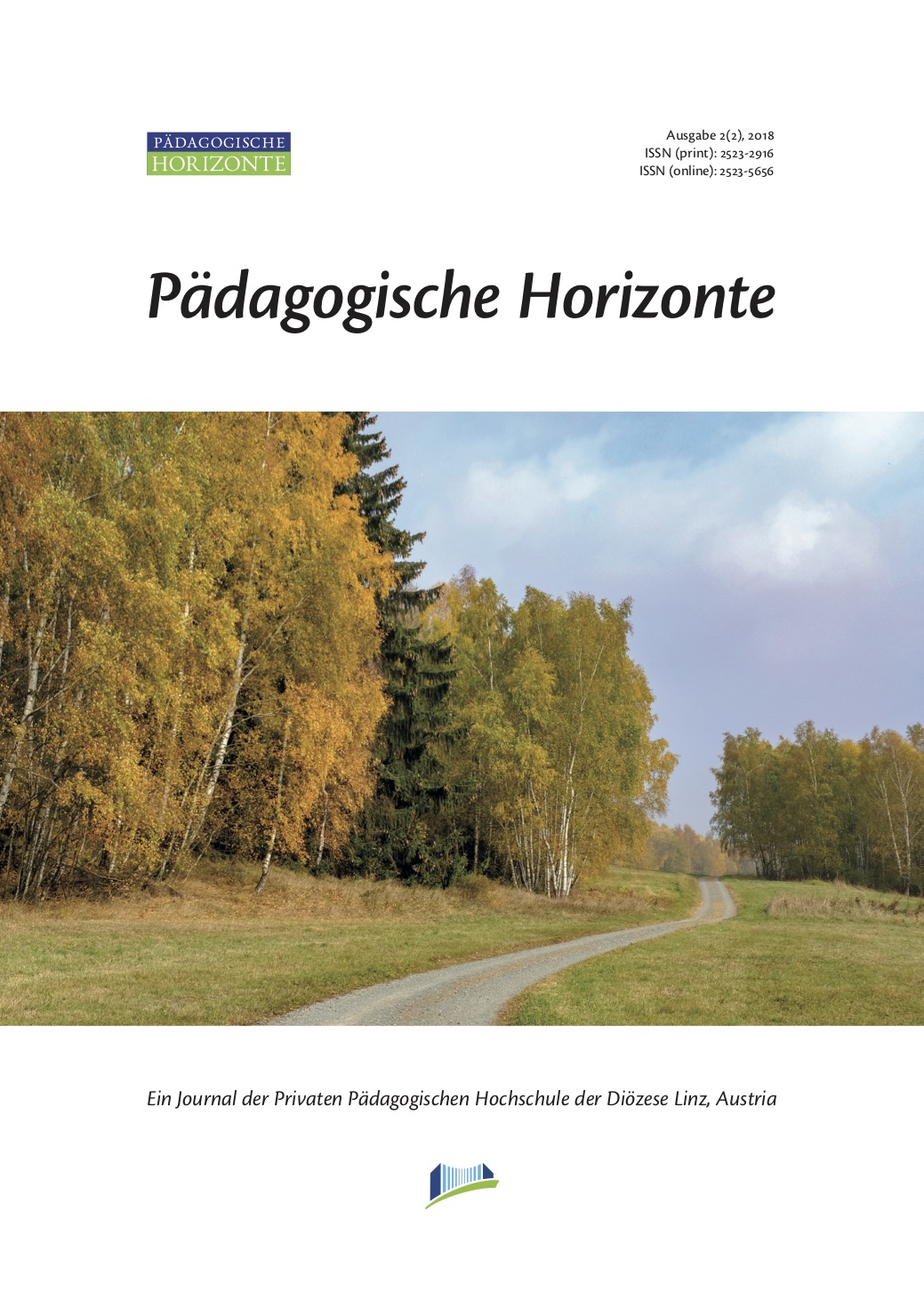Life in Antinomies
Coping dispositions based on work-related behavioral and experiential patterns
Keywords:
Antinomies, Stress in Scholastic Profession, Teacher Personality, AVEMAbstract
Educational action involves at any time and in any environment constitutive contradictions or antinomies that can not be reversed, but which can only be met reflexively. The contradictory, often incompatible expectations of different stakeholder groups in teaching can be balanced but not resolved.
The professional handling of antinomies by teachers mainly involves the perception and reflection of these contradictions. Nevertheless, antinomies and dilemmas of everyday working life can lead to considerable burdens for teachers, since personal dispositions and the role of the teacher also play an important role.
In the text antinomies are connected with the concept of work-related behavioral and experiential patterns (AVEM) according to Schaarschmidt et. al. This shows, among other things, the special significance of the experienced resistance to burdens for a "healthy" handling of antinomies in the teaching profession. The AVEM "G" ("health ideal", as one of four empirically identified patterns), which in addition to the resistance also includes increased offensive problem solving and healthy distancing ability should describe sufficient conditions to bear many of the occupational antinomies. From this, a first approach is derived, which distinguishes "antinomic teachers" in order to make these findings applicable in the pedagogical training context.
Downloads
Published
Versions
- 2022-11-18 (3)
- 2022-11-15 (2)
- 2018-12-05 (1)



